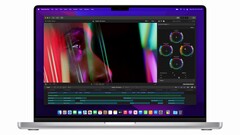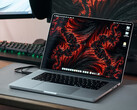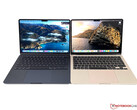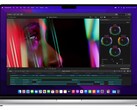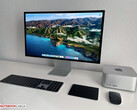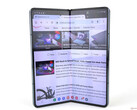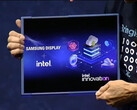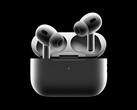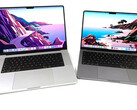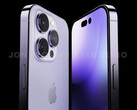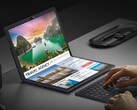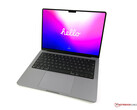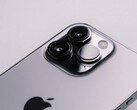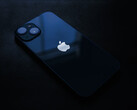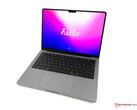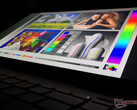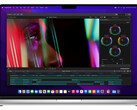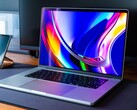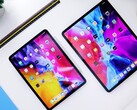Apple is not keen on the "crumpled" looks that larger flexible OLED displays portray so it reportedly wants none of those wrinkles in its future MacBooks and iPads with such panels. Modern handsets with OLED displays, including Apple's own iPhones, use "flexible" screens where the light-emitting diodes are deposited with a bendy plastic substrate and undergo thin-film encapsulation, unlike LCDs which have thick glass substrates.
In foldable phones these flexible displays bend around a hinge, but in "rigid" handsets the OLED technology that made these screens possible is used simply because it creates thinner, lighter, more durable when dropped panels. According to Apple, however, when scaled up to the medium size area of 10-20 inches where laptops and tablets reside, flexible OLED displays with plastic substrates sometimes give content a warped and "wrinkled" look at places.
Since Apple prides itself on the attention to detail it gives to display characteristics, it wants the transition to OLED MacBooks and iPads to retain the image quality its fans are accustomed to and have grown to expect from its devices. That is why Apple has reportedly tasked Samsung and LG, its future midsize OLED panel suppliers, to develop a cheaper "hybrid"" technology with glass substrate but the same thin-film encapsulation of flexible screens.
To do this, and make the hybrid panel as light and compact as current flexible OLED screens for iPhones, Samsung and LG will have to significantly thin the glass substrate from the 5mm average to 2mm. Neither company is currently near that goal, reports Korean media, and Apple may ultimately have to live with some of the heat warping that plastic substrate deposition brings to flexible OLED screens. The first OLED iPad or MacBook aren't expected to launch before 2024, though, so LG and Samsung may rise to Apple's challenge in the meantime.
Apple seems to be a rather capricious client, as a recent report pegged it wanting the Galaxy Z Fold 4's ultrathin glass as display cover for its future Macs and iPads with foldable OLED screens. Samsung is reportedly not amused by that request, as bendy glass becomes more brittle with each passing inch of the display diagonal, and is now testing both plastic and glass covers for Apple's eventual tablets and MacBooks with bendy screens.


 Deutsch
Deutsch English
English Español
Español Français
Français Italiano
Italiano Nederlands
Nederlands Polski
Polski Português
Português Русский
Русский Türkçe
Türkçe Svenska
Svenska Chinese
Chinese Magyar
Magyar